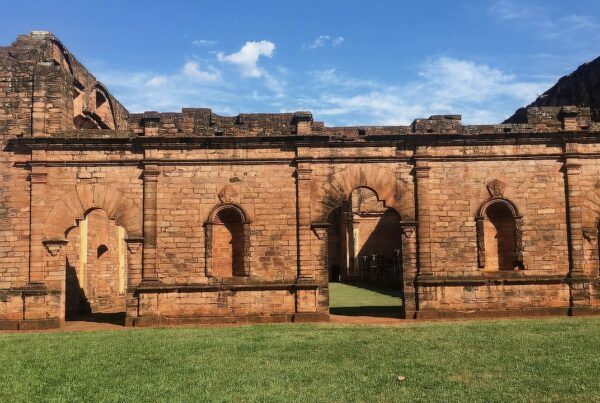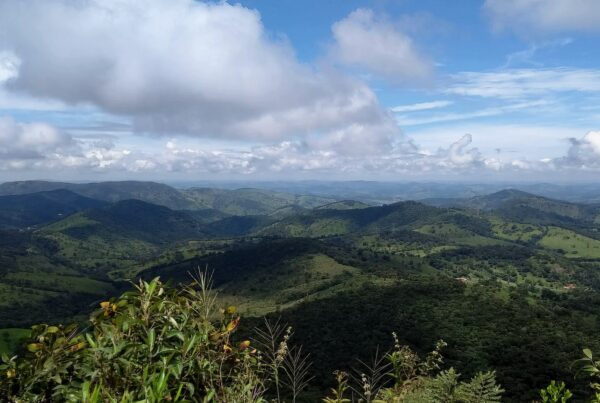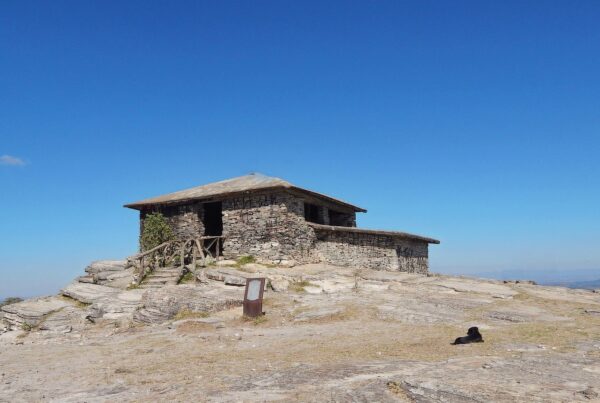Sergipe, the smallest state in northeastern Brazil, is known for its rich cultural heritage, picturesque coastal areas, and the important São Francisco River, which serves as a natural border between Sergipe and the state of Alagoas. The state capital, Aracaju, is a vibrant and modern city with beautiful urban beaches, such as Atalaia Beach, which is lined with palm trees and lively seaside bars. Aracaju’s historical district features well-preserved colonial architecture and charming squares, offering a glimpse into the state’s past. Sergipe is also celebrated for its annual folklore festival, Rasgadinho, where locals and visitors can enjoy traditional music, dance, and costumes.
Sergipe’s coastal towns, such as São Cristóvão and Laranjeiras, showcase historic architecture and cultural traditions. These towns have been designated UNESCO World Heritage Sites for their significance in preserving Brazilian colonial history. The state’s cuisine is a delightful blend of seafood dishes, tropical fruits, and regional specialties like “carne-de-sol com macaxeira” (sun-dried beef with cassava). Sergipe offers a unique cultural experience, picturesque coastal beauty, and historical significance that make it an enticing destination for those interested in exploring northeastern Brazil.






